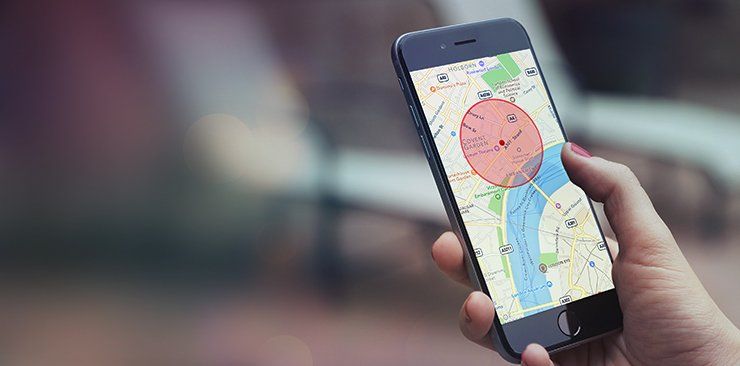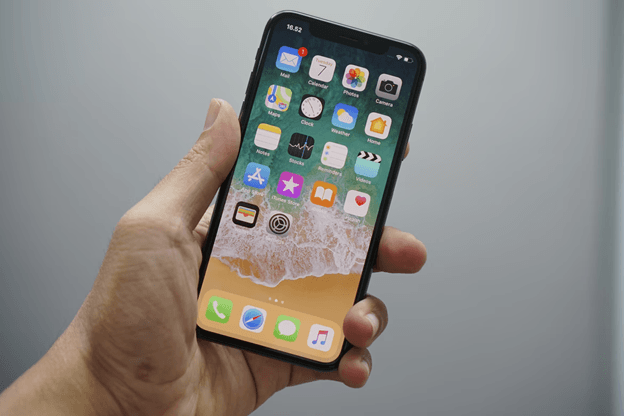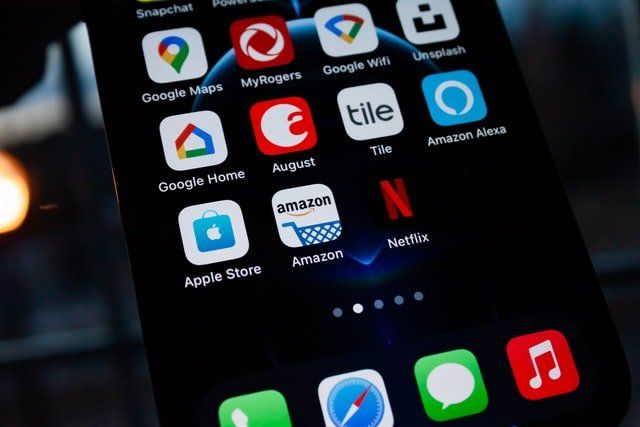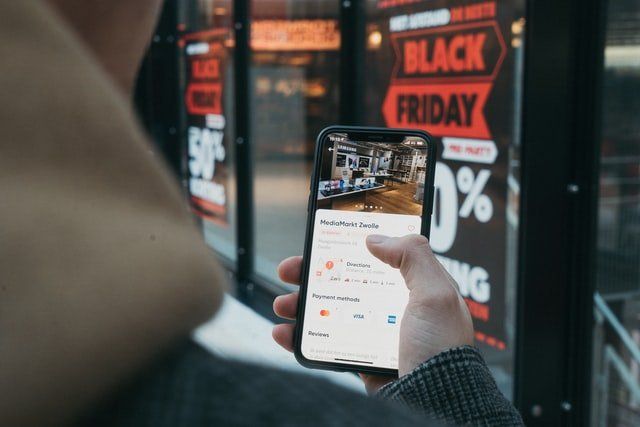+1-800-298-3165
BLOG
BLOG
Geo-Fencing – How Businesses Can Profit From Proximity Marketing

With mobile advertising becoming more and more competitive, businesses around the globe are looking at innovative and clever solutions to connect with their customers. Tracing the history of client to customer communication, we can see many examples of how it has evolved over the years. For example, we had the trusted letter which was replaced by email which is now being challenged by push notifications.
For those of us unfamiliar with push notifications, they are defined as ”a message that pops up on a mobile device. App publishers can send them at any time; users don’t have to be in the app or using their devices to receive them”. The reasons why push notifications are becoming increasingly popular are because they have an immediate impact and relate to the needs of the user who receives them.
Taking this a step further, many businesses are implementing geo-fencing to connect with their customers in a deeper and more meaningful way, thus doubling the click through rate of traditional mobile advertising. For example, you venture into a shopping centre and you receive a message from a local retailer alerting you to a flash sale. This is an example of geo-fencing whereby the retailer has only sent that message to your mobile device once you step into the shopping centre (geo-fence area). If you own a business, geo-fencing is a sure fire way to engage with customers in a cost effective and timely manner so that your business stays top of mind.
Many of you reading this may think to yourselves, why should businesses set up geo-fencing? The answer is very simple, boosting engagement between their business and their customers with targeted, local information that they can act upon immediately. Thinking outside the box, there are many ways businesses can use geo- to benefit customer relationships, productivity, accountability and their bottom line.
Some of the popular uses of geo-fencing include:
Adding a personal touch
The critical reason behind a geo-fence is that allows a business to customise their marketing message based on location. For example, when potential customers are in range of a store they receive a personal message which gives the impression the business is waiting at the front door. The reason why it is so powerful is that it is a targeted message based on the location of the app user.
Offering a service
If a business is in the food and leisure industry, geo-fencing can be a great way to offer a service rather than advertise a product. For example, setting up a geo-fence area that notifies users of free Wi-Fi as they pass a store is a great way to drive customers into the store to stay connected. It also shifts the message from being an advert into being a service.
Free giveaway
Similar to the above example, but rather than offering free Wi-Fi, businesses may choose to give a free sample or demonstration of their latest product to customers in close proximity to their store. This helps to build goodwill between the business and their customers as well as giving an opportunity to assess the success of new products or services.
Connecting businesses to the world wide web
Having congruency with your marketing message is a great way to build a consistent stream of customers. Geo-fencing allows any business to connect their physical location with their internet presence. For example, remind people walking by to connect with your social media pages to grow your brand identity and consumer interaction online.
Conclusion
It goes without saying; the prerequisite for implementing a geo-fencing strategy into a business is having a mobile application that supports the technology. At Eazi-Apps we can help your business develop a cutting edge mobile application that connects your business with your customers around the clock. To find out more, please contact the Eazi-Apps team.
Request a FREE App Demo for your Business
Let us demonstrate how you can generate additional income with a demo version of your own branded mobile app.
CREATE MY FREE DEMO
ABOUT US
REGISTERED OFFICE
USEFUL LINKS
COMPANY INFO


+1-800-296-0274

+27-10-442-6084

+60-3-9212-1682



